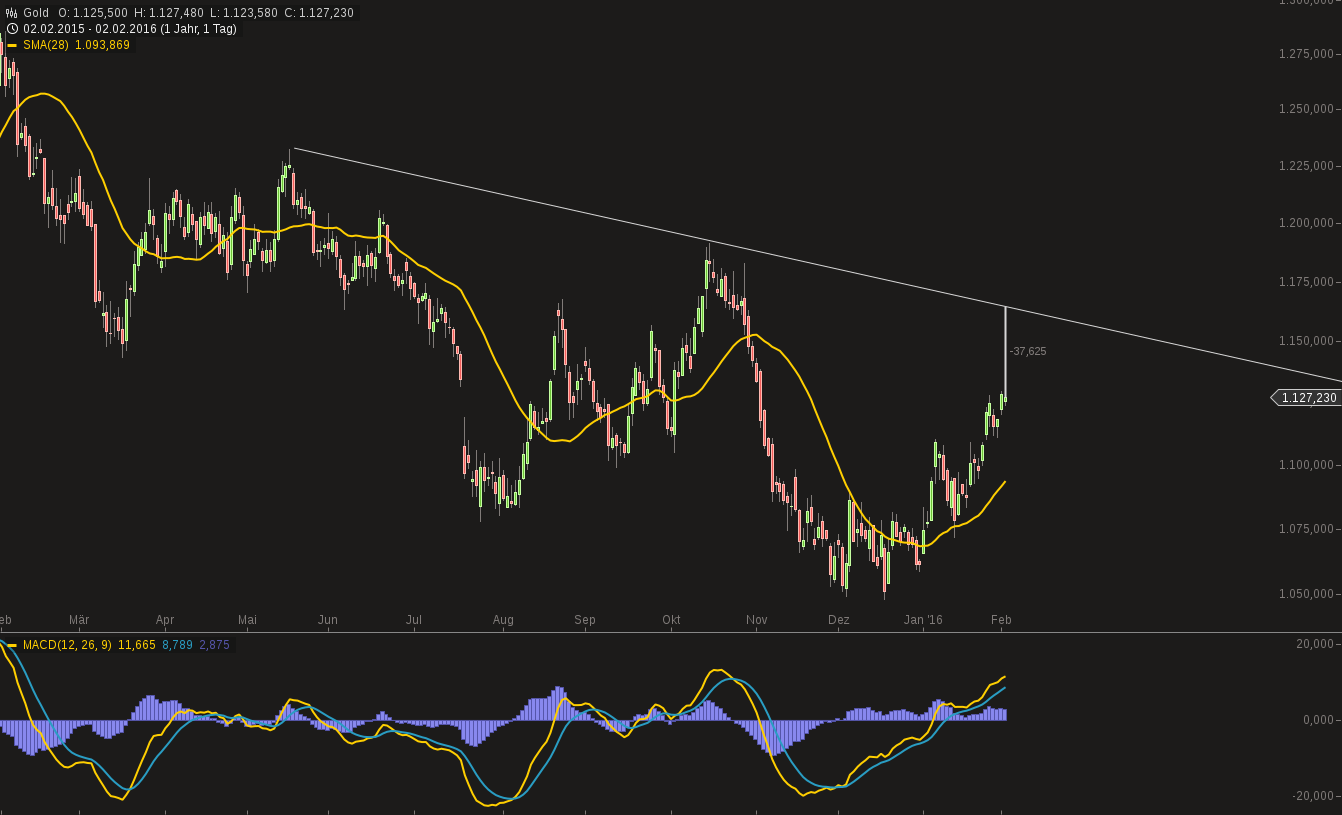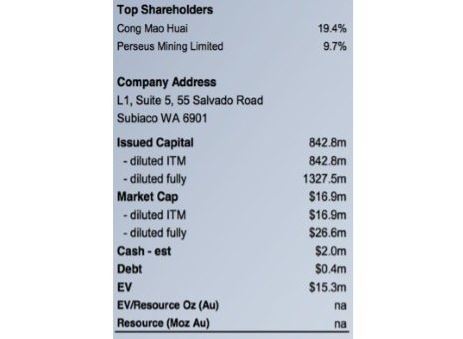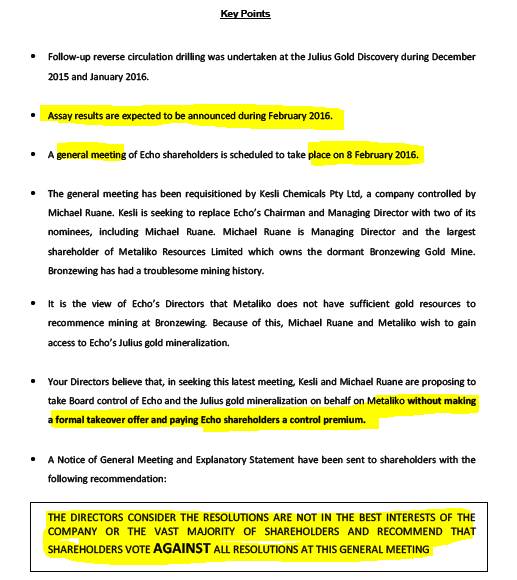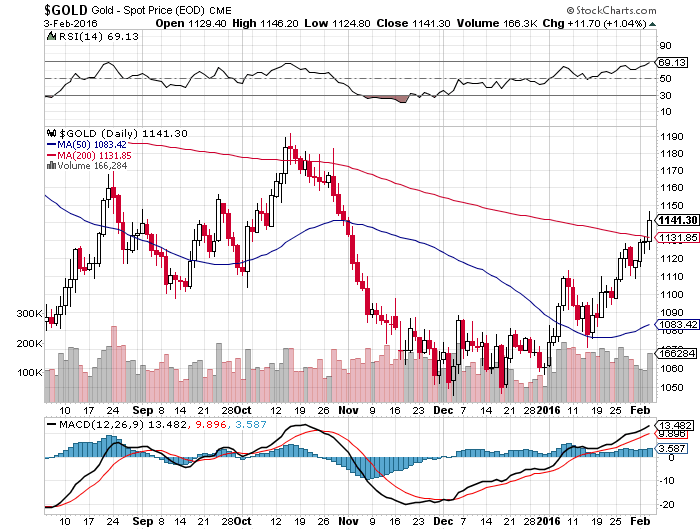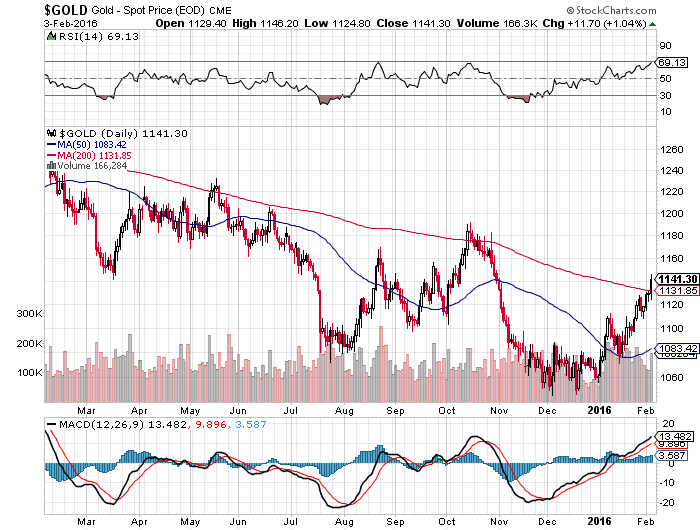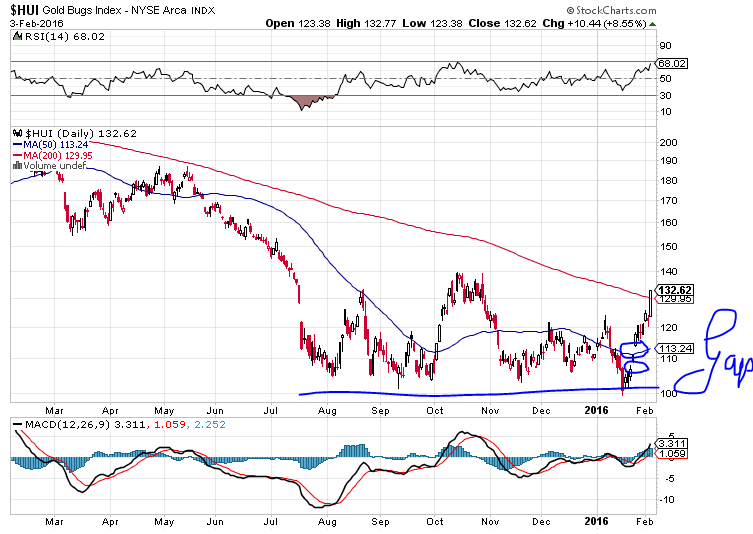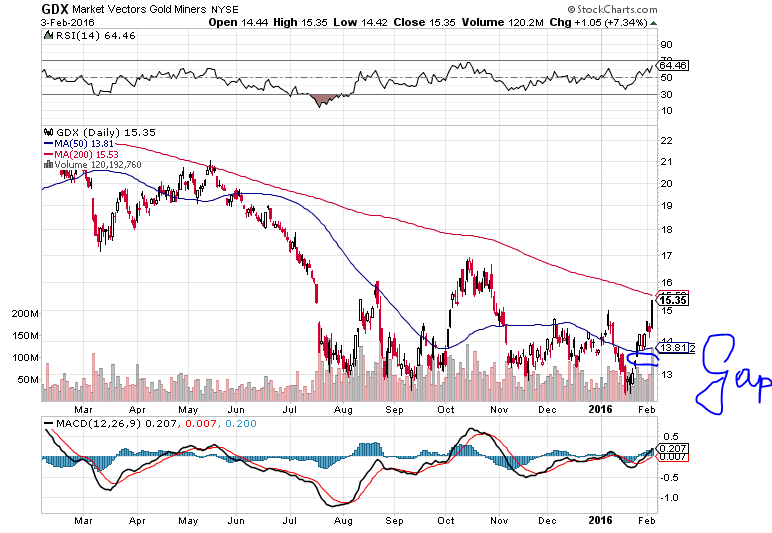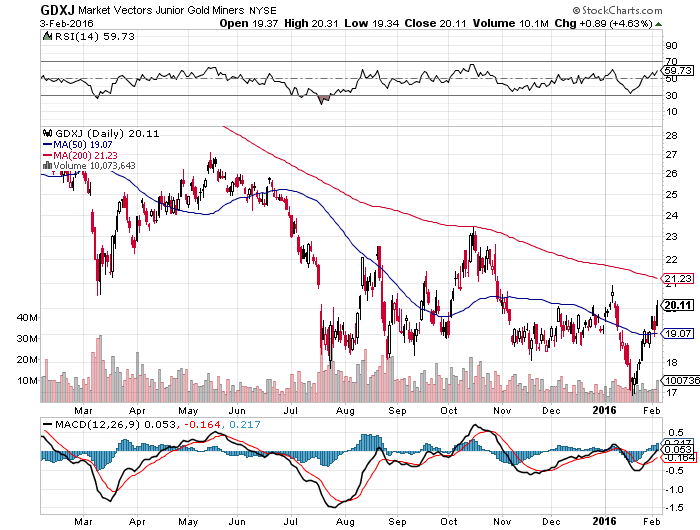Kostolanys Erbe
RohstoffExperte
Ort:
Im schönsten Bundesland zwischen Nord- und Ostsee.
Beiträge:
11.152
Trades:
4
East Africa to acquire remaining 20% of Adyabo
2016-02-01 07:29 ET - News Release
Mr. Andrew Smith reports
EAST AFRICA METALS ACQUIRES 100% OF ADYABO PROJECT IN ETHIOPIA
East Africa Metals Inc. has received confirmation from the holder of a 20-per-cent participating interest on the Adyabo property that it wishes to convert its 20-per-cent interest to a 2-per-cent net smelter return royalty. The company has the option to buy back 1.0 per cent of the NSR for a cash payment of $5-million. Upon execution of an NSR agreement, the company will hold a 100-per-cent undivided interest in the Adyabo property, subject to the 2-per-cent NSR.
Andrew Lee Smith, the company's president and chief executive officer, stated: "This is a significant development for the company as we continue to strengthen our asset base and build the company in challenging times. The Adyabo project has performed beyond our expectations and we are excited to continue developing the existing resource."
Earlier in 2015, the Company announced the initial Resource for the Adyabo project (news release of May 5, 2015):
Adyabo resource
Inferred mineral resources of 9,315,000 tonnes containing 678,000 ounces gold at an average grade of 2.26 grams per tonne gold, 82.1 million pounds of copper at an average grade of 0.40 per cent copper, and 648,000 ounces silver at an average grade of 2.2 g/t silver.
The resource hosts 885,000 gold equivalent ounces.
Adyabo resource highlights
The mineral resource is defined to a depth of 500, 330 and 180 metres for Mato Bula, Da Tambuk and Mato Bula North, respectively, with potential for lateral and depth extension within this large altered system.
Copper concentrate grades ranged from 23 per cent to 27 per cent Cu, 170 to 850 g/t Au, and 27 to 240 g/t silver. Total gold recoveries, inclusive of copper flotation and cyanidation tests, ranged from 77 per cent to 97 per cent.
Whole mineralization cyanidation of Da Tambuk and intensive leaching of a Da Tambuk pyrite scavenger concentrate both returned gold recoveries of 97 per cent suggesting that the gold within this composite is not refractory and the flotation-only recovery of 57 per cent could be improved by cyanidation of flotation products.
Additional metallurgical optimization is possible through regrind work, collector dosage variation and comminution testwork.
Synergies available as resources are spatially aligned on a corridor of infrastructure (including the national power grid transmission corridor and paved highway) with the company's adjacent Terakimti deposit at the Harvest project, with direct connection to a planned rail network link at Shire.
Sensitivity analysis indicates that the mineralized zones contain the majority of gold mineralization in significantly higher-grade core areas.
Work has continued on the project and subsequently the company announced highlight intersections from the Mato Bula Silica Hill resource infill drilling that include (news release dated Jan. 11, 2016):
19.50 metres at 21.67 grams per tonne gold including 8.6 metres at 46.81 grams per tonne gold, from 103.35 m drill depth (WMD050 -- Section 19920N).
20.69 metres at 18.37 grams per tonne gold including 10.67 metres at 34.23 grams per tonne gold, from 87.5 m drill depth (WMD053 -- Section 19880N).
Adyabo project
The Mato Bula trend is a greater-than-eight-kilometre-long zone of alteration characterized by sericite, pyrite (10 per cent), carbonate (generally dolomite), and silica mineralization, which has undergone strong shearing. This assemblage comprises many elements consistent with high sulphidation gold-rich VMS -- submarine porphyry-related systems. The trend hosts additional geochemical targets at surface, and continues to possess significant upside to further discoveries both along strike and at depth. Higher-grade gold core shoots are recognized at Mato Bula Main, Mato Bula Silica Hill and at Da Tambuk. Potential resource extraction is supported by favourable topography over the mineralized shoots.
Forward program
East Africa will continue to advance both its Harvest and Adyabo projects in northern Ethiopia. Infill drilling and trenching were completed in January, 2016, at the Da Tambuk and Mato Bula deposits at Adyabo, and final analyses are anticipated late first quarter. At East Africa's Harvest project, metallurgical diamond drilling has been completed at the Terakimti oxide deposit, and samples have been forwarded to an accredited lab for metallurgical evaluation.
Quality control
The planning, execution and monitoring of East Africa's drilling and quality control programs at the Adyabo project has been conducted under the supervision of Jeff Heidema, PGeo, East Africa's vice-president, exploration. Mr. Heidema is a qualified person as defined by NI 43-101, and has reviewed and approved the technical information contained in this news release. Diamond drilling was co-ordinated by East Africa's contract geologists who also managed the preparation, logging and sampling of core and rock samples, in addition to carrying out bulk density measurements. During sampling, quality control standards and blanks were introduced at predetermined intervals to monitor laboratory performance. A system of field, reject and pulp sample duplicates was also incorporated, as were specific programs of reassaying and umpire lab assaying to both monitor laboratory performance and also characterize potential mineralization, all consistent with industry best practice.
Drill core samples have undergone preliminary preparation at the Bureau Veritas Mineral Laboratories facility in Ankara, Turkey, and are crushed to 80 per cent passing 10 mesh, and pulverized to 85 per cent passing 200 mesh (PRP70-1KG package). Analyses are conducted at Bureau Veritas Mineral Laboratories in Vancouver, Canada, with diamond drill core analyses utilizing aqua regia digestion and ICP-ES for base metal and silver analyses (AQ370 package), and infill sample program utilizing aqua regia digestion and ICP-MS/ICP-ES (AQ270 package) for base metal and silver analyses. Gold analyses are conducted via fire assay fusion with AA finish, and gravimetric analyses are completed for overlimit samples (FA430, FA530-Au packages).
http://www.stockwatch.com/News/Item.aspx?bid=Z-C%3aEAM-2343468&symbol=EAM®ion=C
2016-02-01 07:29 ET - News Release
Mr. Andrew Smith reports
EAST AFRICA METALS ACQUIRES 100% OF ADYABO PROJECT IN ETHIOPIA
East Africa Metals Inc. has received confirmation from the holder of a 20-per-cent participating interest on the Adyabo property that it wishes to convert its 20-per-cent interest to a 2-per-cent net smelter return royalty. The company has the option to buy back 1.0 per cent of the NSR for a cash payment of $5-million. Upon execution of an NSR agreement, the company will hold a 100-per-cent undivided interest in the Adyabo property, subject to the 2-per-cent NSR.
Andrew Lee Smith, the company's president and chief executive officer, stated: "This is a significant development for the company as we continue to strengthen our asset base and build the company in challenging times. The Adyabo project has performed beyond our expectations and we are excited to continue developing the existing resource."
Earlier in 2015, the Company announced the initial Resource for the Adyabo project (news release of May 5, 2015):
Adyabo resource
Inferred mineral resources of 9,315,000 tonnes containing 678,000 ounces gold at an average grade of 2.26 grams per tonne gold, 82.1 million pounds of copper at an average grade of 0.40 per cent copper, and 648,000 ounces silver at an average grade of 2.2 g/t silver.
The resource hosts 885,000 gold equivalent ounces.
Adyabo resource highlights
The mineral resource is defined to a depth of 500, 330 and 180 metres for Mato Bula, Da Tambuk and Mato Bula North, respectively, with potential for lateral and depth extension within this large altered system.
Copper concentrate grades ranged from 23 per cent to 27 per cent Cu, 170 to 850 g/t Au, and 27 to 240 g/t silver. Total gold recoveries, inclusive of copper flotation and cyanidation tests, ranged from 77 per cent to 97 per cent.
Whole mineralization cyanidation of Da Tambuk and intensive leaching of a Da Tambuk pyrite scavenger concentrate both returned gold recoveries of 97 per cent suggesting that the gold within this composite is not refractory and the flotation-only recovery of 57 per cent could be improved by cyanidation of flotation products.
Additional metallurgical optimization is possible through regrind work, collector dosage variation and comminution testwork.
Synergies available as resources are spatially aligned on a corridor of infrastructure (including the national power grid transmission corridor and paved highway) with the company's adjacent Terakimti deposit at the Harvest project, with direct connection to a planned rail network link at Shire.
Sensitivity analysis indicates that the mineralized zones contain the majority of gold mineralization in significantly higher-grade core areas.
Work has continued on the project and subsequently the company announced highlight intersections from the Mato Bula Silica Hill resource infill drilling that include (news release dated Jan. 11, 2016):
19.50 metres at 21.67 grams per tonne gold including 8.6 metres at 46.81 grams per tonne gold, from 103.35 m drill depth (WMD050 -- Section 19920N).
20.69 metres at 18.37 grams per tonne gold including 10.67 metres at 34.23 grams per tonne gold, from 87.5 m drill depth (WMD053 -- Section 19880N).
Adyabo project
The Mato Bula trend is a greater-than-eight-kilometre-long zone of alteration characterized by sericite, pyrite (10 per cent), carbonate (generally dolomite), and silica mineralization, which has undergone strong shearing. This assemblage comprises many elements consistent with high sulphidation gold-rich VMS -- submarine porphyry-related systems. The trend hosts additional geochemical targets at surface, and continues to possess significant upside to further discoveries both along strike and at depth. Higher-grade gold core shoots are recognized at Mato Bula Main, Mato Bula Silica Hill and at Da Tambuk. Potential resource extraction is supported by favourable topography over the mineralized shoots.
Forward program
East Africa will continue to advance both its Harvest and Adyabo projects in northern Ethiopia. Infill drilling and trenching were completed in January, 2016, at the Da Tambuk and Mato Bula deposits at Adyabo, and final analyses are anticipated late first quarter. At East Africa's Harvest project, metallurgical diamond drilling has been completed at the Terakimti oxide deposit, and samples have been forwarded to an accredited lab for metallurgical evaluation.
Quality control
The planning, execution and monitoring of East Africa's drilling and quality control programs at the Adyabo project has been conducted under the supervision of Jeff Heidema, PGeo, East Africa's vice-president, exploration. Mr. Heidema is a qualified person as defined by NI 43-101, and has reviewed and approved the technical information contained in this news release. Diamond drilling was co-ordinated by East Africa's contract geologists who also managed the preparation, logging and sampling of core and rock samples, in addition to carrying out bulk density measurements. During sampling, quality control standards and blanks were introduced at predetermined intervals to monitor laboratory performance. A system of field, reject and pulp sample duplicates was also incorporated, as were specific programs of reassaying and umpire lab assaying to both monitor laboratory performance and also characterize potential mineralization, all consistent with industry best practice.
Drill core samples have undergone preliminary preparation at the Bureau Veritas Mineral Laboratories facility in Ankara, Turkey, and are crushed to 80 per cent passing 10 mesh, and pulverized to 85 per cent passing 200 mesh (PRP70-1KG package). Analyses are conducted at Bureau Veritas Mineral Laboratories in Vancouver, Canada, with diamond drill core analyses utilizing aqua regia digestion and ICP-ES for base metal and silver analyses (AQ370 package), and infill sample program utilizing aqua regia digestion and ICP-MS/ICP-ES (AQ270 package) for base metal and silver analyses. Gold analyses are conducted via fire assay fusion with AA finish, and gravimetric analyses are completed for overlimit samples (FA430, FA530-Au packages).
http://www.stockwatch.com/News/Item.aspx?bid=Z-C%3aEAM-2343468&symbol=EAM®ion=C
